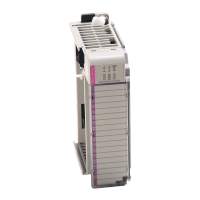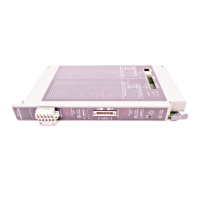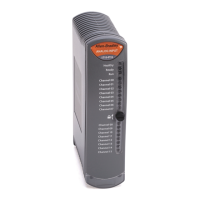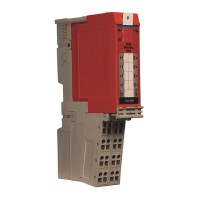Publication 1769-UM002B-EN-P - July 2005
1-6 Overview
System Operation
At power-up, the module performs a check of its internal circuits, memory,
and basic functions. During this time, the module status LED remains off. If
no faults are found during power-up diagnostics, the module status LED is
turned on.
After power-up checks are complete, the module waits for valid channel
configuration data. If an invalid configuration is detected, the module
generates a configuration error. Once a channel is properly configured and
enabled, it begins the analog-to-digital or digital-to-analog conversion process.
Input Modules
Each time a channel is read by the input modules, that analog data value is
tested by the modules for an over-range or under-range condition. If such a
condition is detected, a unique bit is set in the channel status word. The
channel status word is described in 1769-IF4 Input Data File on page 3-2 and
1769-IF8 Input Data File on page 3-18.
The controller reads the two’s complement binary converted analog data from
the modules. This typically occurs at the end of the program scan or when
commanded by the control program. If the controller and the modules
determine that the bus data transfer was made without error, the data is used in
your control program.
Output Modules
The output modules monitor channels for over-range and under-range
conditions and also for broken output wires and high load resistance (in
current mode only). If such a condition is detected, a unique bit is set in the
channel status word. The channel status word is described in 1769-OF2
Output Data File on page 4-2 and 1769-OF8C and -OF8V Output Data File
on page 4-18.
The output module receives two’s complement binary values from the bus
master. This typically occurs at the end of the program scan or when
commanded by the control program. If the controller and the module
determine that the bus transfer was completed without error, the output
module converts the data to an analog output signal.
